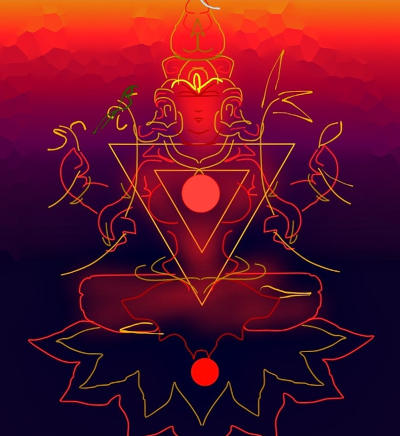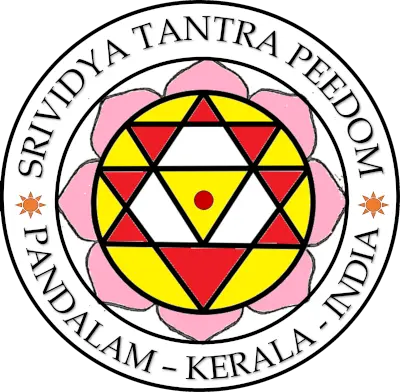Srividya Tantra Yoga
(All Classes/Sessions are Free)
Without a proper Dinacharya (daily routine), it would not be easy for a person leading family life to focus on sadhana . Without Nadi suddhi, the sadhak will not be able to experience pranayama. Without spinal breathing, the experience of inner vibrations of mantra is also not possible. So staged approach is mandatory for experiencing the benefits of tantra. A brief outline on the teaching methodology:

Preparatory Practices
Dinacharya (Nitya Krama), Tattwa Suddhi / Pancha Amara Yoga, Nadi and Prana Yoga, Shad Adharas & Shodasha Adharas, Ashta Kumbhaka and Desha Mudras, and finally Pranava and Panchakshari Sadhana.
Srividya Basic Level
Guru, Ganapati and Ista Devata Sadhana, Shad Adhara Sadhana, Para Prasada Vidya, Goddess Bala – Antarika Japa, Puja, Homa & Tarpana [Tripura Bala Vidya (Tri-akshari), Bala Parameshwari Vidya (Shad-akshari) & Yoga Bala Vidya (Nav-akshari)]
Srividya Intermediate Level
Vyoma Panchaka Vidya, Lalitha Sadhana involving Panchadashi Vidya, Vamakeshwari Vidya and Chandra Vidya. In Chandra Vidya – Meru Prastara, Kailasa Prastara and Bhu Prastara is covered, with the anga vidya of Chandra Kala Vidya associated to Nithyas.
Srividya Advanced Level
Shodashi Vidya is taught with 16 Chakras in Ida & Pingala for 16 Nithyas and 28 Chakras in Sushumna for Shodashi. Also the final Kama Kala Vidya is taught for (Jagrat – Jagrat), with Para Vidya being its anga Vidya, followed by (Jagrat – Swapna), with Pancha Kuta Panchami Vidya being its Anga Vidya and (Jagrat – Sushupti) with Pancha Akasha Vidya being its Anga Vidya.
The Basic, Intermediate and Advanced levels are just terms used to classify the vidyas based on depth in understanding the inner body and it is not like a course work which anyone can learn. For many, the antarika puja of body as Meru Prastara at Intermediate level, or the Para Prasada Vidya in Basic level will lead to Samadhi experience in meditation.
